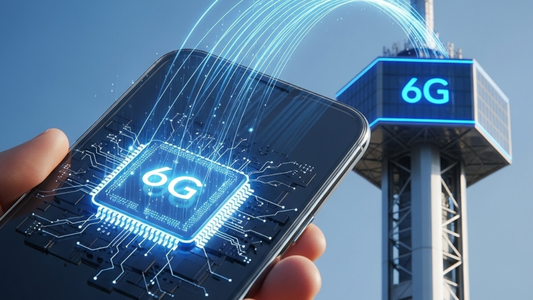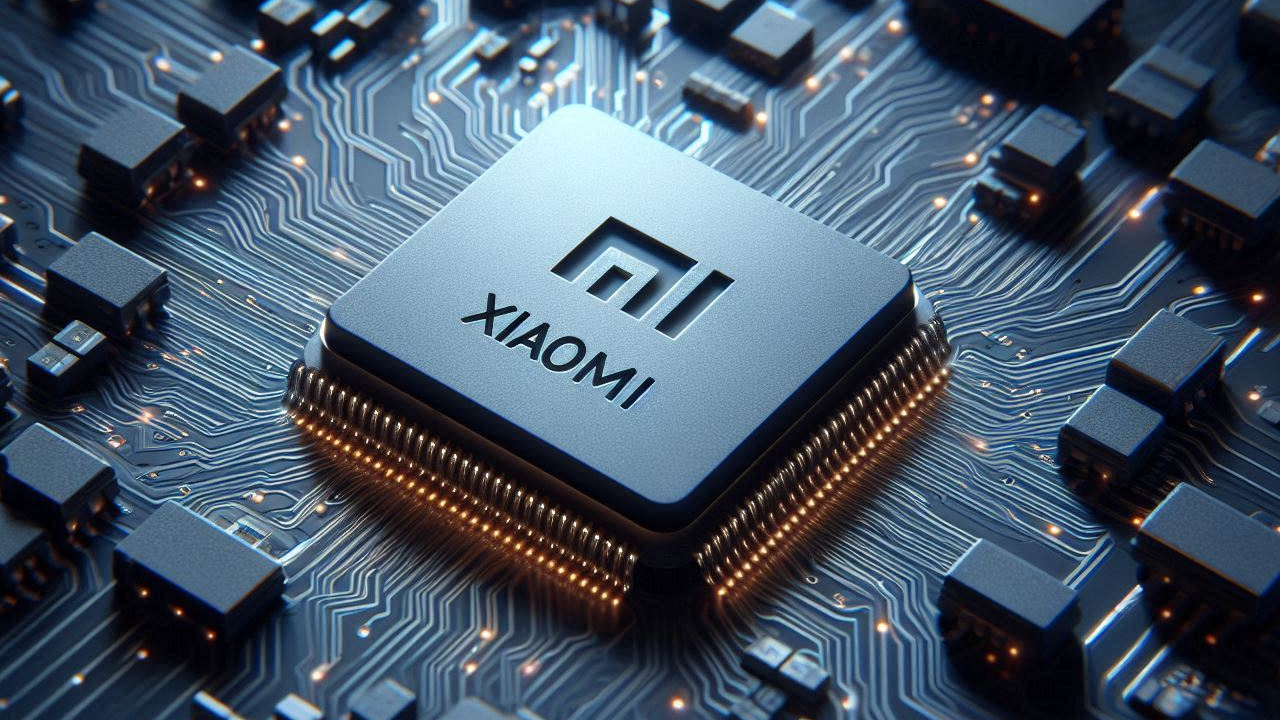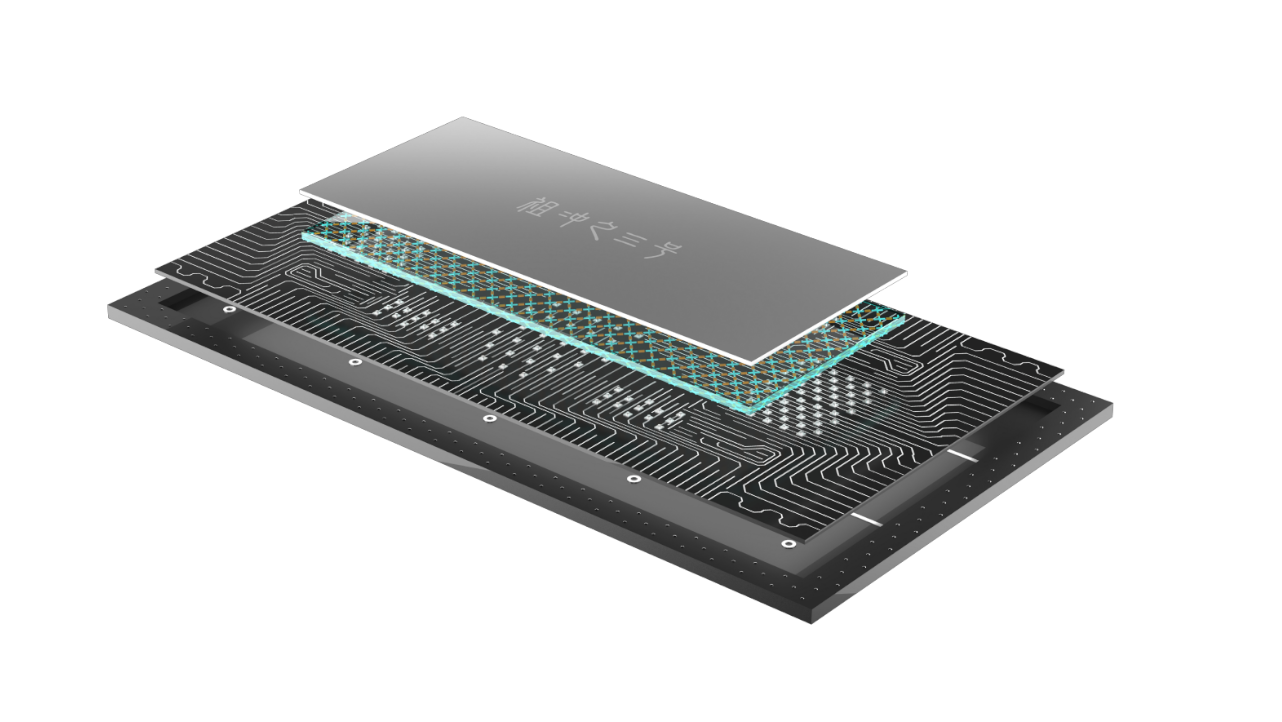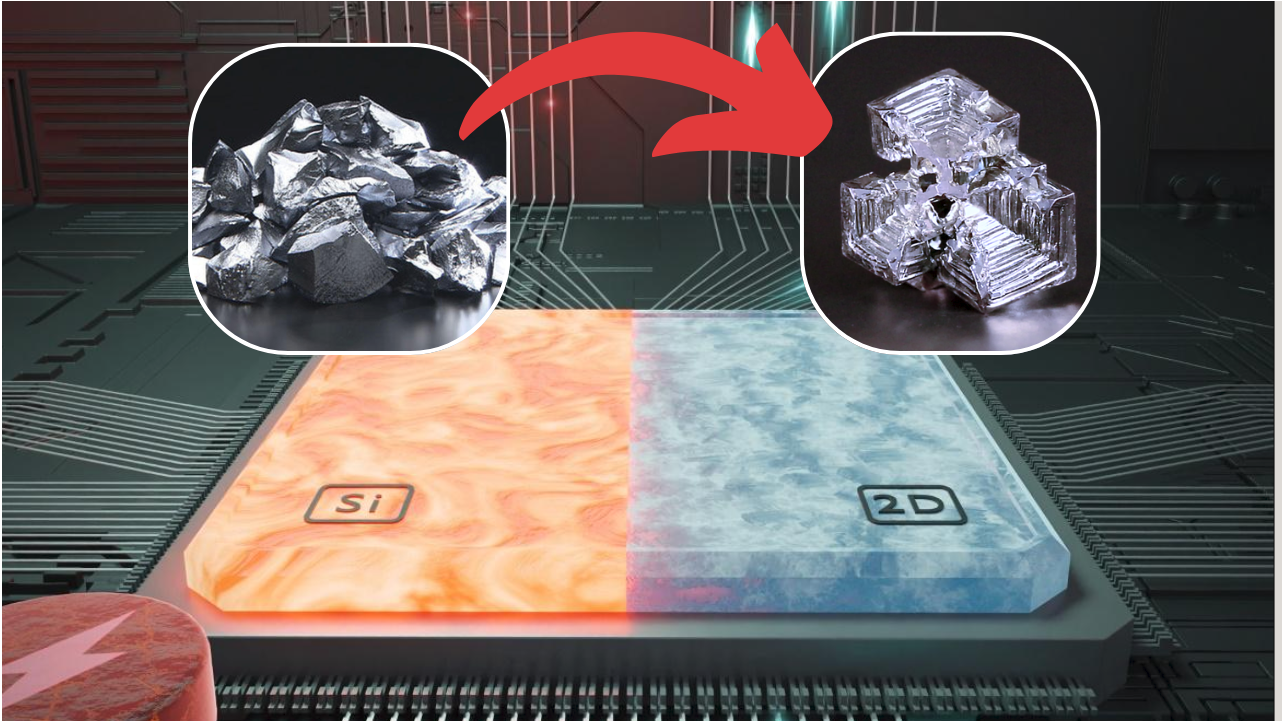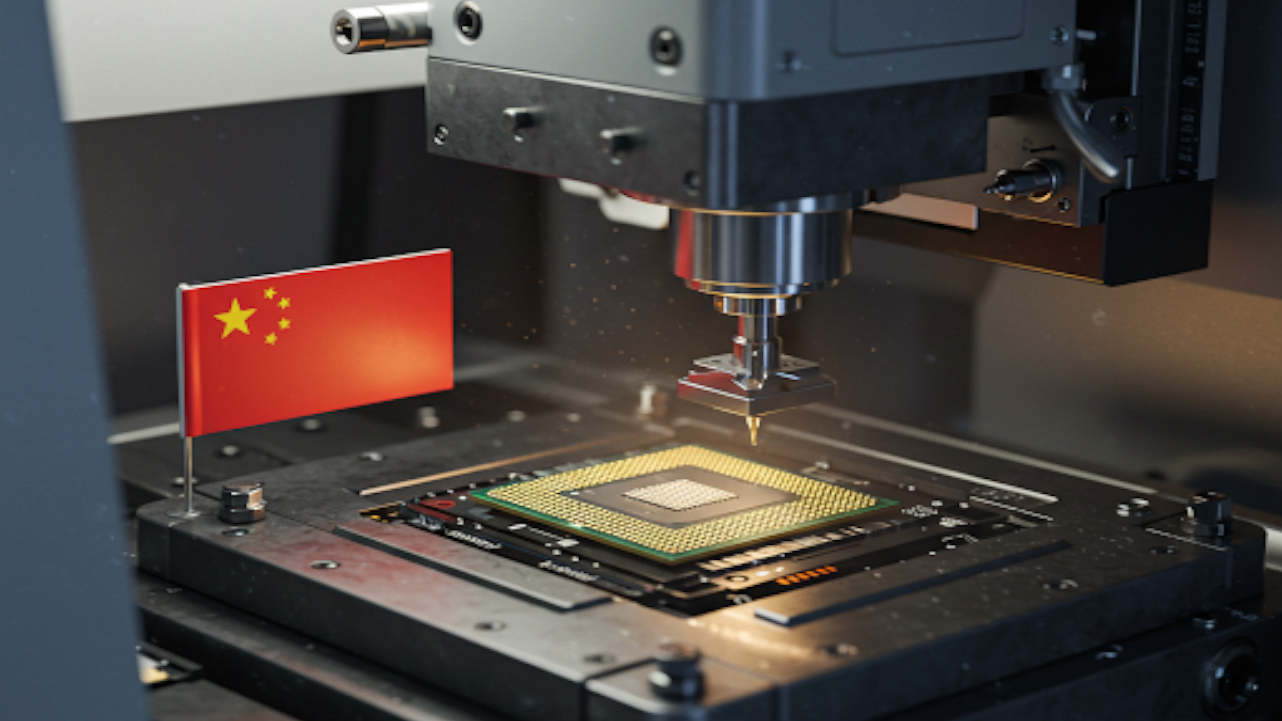A team of Chinese researchers has unveiled a breakthrough in the world of telecommunications: the world's first sixth-generation (6G) chip. This chip achieves ultra-high speeds exceeding 100 gigabits per second, thanks to its unique ability to cover a comprehensive frequency range from 0.5 to 115 GHz, encompassing both microwaves and millimeter waves.
Developed over four years of research at Peking University and the University of Hong Kong, this chip was designed as an integrated solution to the challenges of 6G. Despite its small size (only 11 mm x 1.7 mm), it overcomes the fundamental limitations of traditional chips that operate on narrow frequencies, thus eliminating the need for multiple, costly chips and systems to cover the entire wireless spectrum.
Unifying Frequencies: From Crowded Cities to Remote Areas
The core of this innovation lies in the chip's ability to be compatible with all types of frequencies, solving the dilemma of varying coverage. High frequencies (like millimeter waves) are ideal for densely populated cities, offering enormous bandwidth and ultra-high speeds for applications such as virtual reality and remote surgery, but their short range limits their propagation.
In contrast, low frequencies (like microwaves) are characterized by their ability to travel long distances and provide wide coverage, making them essential for reaching remote areas, but their capacity is limited.
This chip transcends these limitations by dynamically and seamlessly switching between frequencies, using the optimal band for each situation to ensure the best possible connection everywhere.
Photonic-Electronic Integration: The Secret to Superior Performance
The chip relies on an innovative technology known as "photonic-electronic integration." When receiving signals, an "electro-optic modulator" converts the electronic wireless signal into a light (photonic) signal. This signal is then processed by integrated photonic components that use light (photons) instead of electrons. This is the secret to its superiority, as this optical processing occurs at nearly the speed of light and does not generate significant heat or consume as much power as traditional electronic circuits, solving the biggest obstacle that prevented the processing of ultra-high frequencies.
When transmitting, precision is achieved by using two lasers that are adjusted to generate a light signal at the desired frequency by merging their beams. Afterward, a photodetector converts the resulting light signal into a powerful wireless wave ready for broadcast.
Intelligent Performance and High Reliability
In addition to its speed, the chip features an intelligent capability called "frequency-navigation." If any frequency band encounters interference or noise, the system can automatically and instantly jump to a clean channel, ensuring a stable and reliable connection.
Experiments have proven that the system can achieve transfer rates exceeding 100 Gbps, which is sufficient to stream 1,000 ultra-high-definition 8K videos simultaneously.
A Vision for the Future: A 6G Chip in Every Device
As for the future, the researchers aim to create plug-and-play communication modules no larger than a USB flash drive. These modules can be easily integrated into smartphones, base stations, drones, and Internet of Things (IoT) devices, which will significantly accelerate the arrival of 6G networks into our daily lives.
